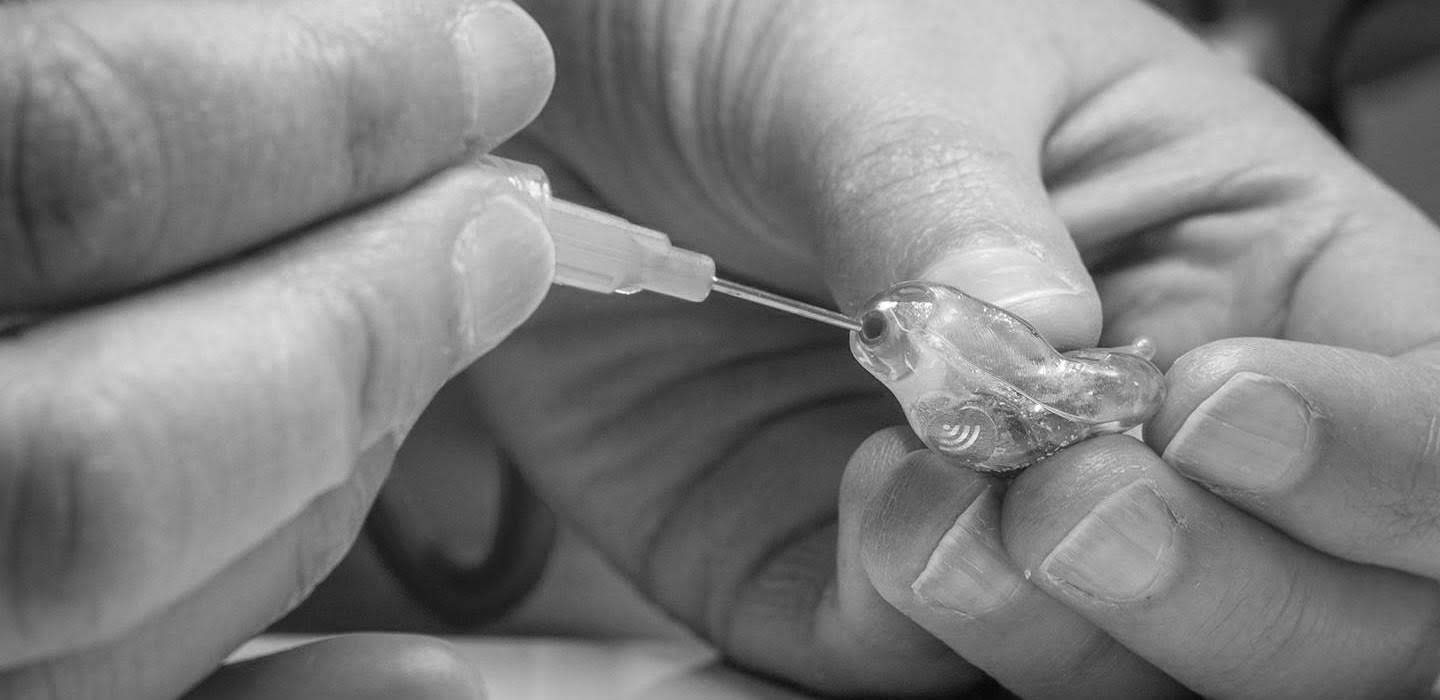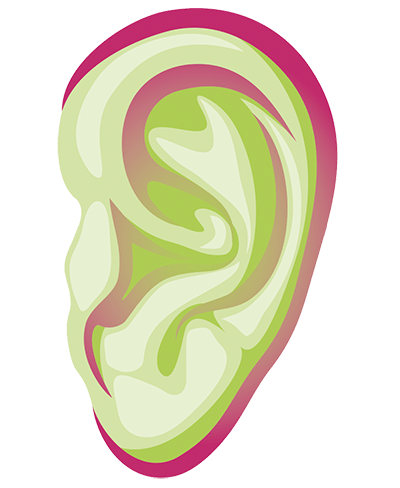
Hearing Aid Repairs
All Make Hearing Instrument
Repairs Available
If your hearing aid has failed, we can get it repaired for you, no matter the brand
Hearing Aid Repairs in Edinburgh, Auchterarder & Gullane
We can provide a repair service for all makes of hearing instruments
Because we are Independent we work with all of the hearing aid manufacturers, this means that we can provide hearing device repar services for all of the major brands
Start Your Journey To Better Hearing

At Edinburgh Hearing Practice we fully understand the importance of great aftercare and repairs we pride ourselves on giving excellent service – our customers are king!
We deal with all of the leading hearing aid manufacturers and will only provide high quality products which give great sound quality and are reliable.
Hearing aids are incredibly tiny pieces of technology. Despite their small size, they contain a lot of high-level equipment and perform advanced functions. In the event you suspect your hearing aids need repairing, there are a few common steps to follow before contacting a hearing healthcare professional.
Keep your hearing aid clean
Because hearing aids are such compact devices, it can be easy for earwax and other debris to become trapped in tiny holes and spaces. To avoid excessive build-up from clogging microphone and sound ports, it’s important to clean the device every day with a clean and dry tissue or cloth.
It is common for earwax to become trapped in the small ports of a hearing aid device, this can cause temporary static sounds or feedback to be heard when in use.
Here are some tips on how to get the best from your hearing aids.
Keep your ears clean
In addition to keeping the hearing devices themselves clean, it’s important for hearing aid users to keep their ears clean. Keeping the devices and ears free of debris can lessen the need for frequent hearing aid repairs. Earwax is a completely natural and necessary secretion of the ears, but it can cause trouble with hearing devices if it becomes lodged in ports or crevices of the aid. To keep earwax at a minimum, individuals can gently clean ears with a damp cloth daily.
If you suspect the amount of wax is out of the normal range or your hearing devices are becoming clogged on a consistent basis, the Edinburgh Hearing Practice can perform Microsuction or Irrigation to remove any unwanted wax safely and comfortably.
Read more about our Proffessional ear wax removal service here
Don’t forget…….Wax removal is a complimentary service for all of our hearing aid patients
Keep in mind it’s not safe to insert cotton buds or anything sharp in your ears to clean them. Using these items could push the earwax deeper into the ear or puncture the eardrum.
Keep hearing aids dry
Prolonged exposure to or excessive amounts of moisture is the leading cause of repair in hearing aids. Most individuals don’t realize how much moisture the hearing aid can accumulate over daily use of the devices. When putting your device up for the night, it’s advised to open the battery compartment each night to allow it time to air out.
Another tool to help keep devices dry is a hearing aid dehumidifier. These devices can help keep moisture to a minimum and can possibly prolong the life of hearing aids.
It’s no secret that technology and water don’t mix, so hearing aid users should follow standard precautions when showering, washing their face, applying hair sprays, gels and creams, or when swimming or participating in water activities.
Hearing aid users should opt to wash and shower either before they’ve turned on and placed their device in their ear for the day or at night time when allowing it to rest.
Troubleshoot common issues
While hearing aids are comprised of incredibly tiny, intricate and complex pieces, there are a few actions a hearing device wearer can take to troubleshoot any possible issues they might be having.
In the event a hearing aid doesn’t appear to be functioning properly, the following steps may be completed before calling a hearing healthcare professional:
- Check to ensure the hearing aid is turned on: this seems simple, but when hearing aid users begin wearing the device it can take up to a month to become accustomed and develop a routine.
- Try turning up the volume: hearing aids have numerous features and settings, some of these include volume control. A person who suspects their hearing aid isn’t properly working should check the volume to make sure it’s at the appropriate level and wasn’t accidentally turned down or altered.
- Check the battery: it’s good practice to remove batteries at night to allow moisture to evaporate and to clean dust out of the compartment, hearing aid users should ensure they’ve placed the batteries correctly into their device. If placement is correct, the user could also try swapping out the old batteries for new ones in the event they were out of power.
- If a BTE (behind-the-ear) model, inspect the tubing: throughout use, tubing can sometimes become damaged or worn. If hearing aid tubing shows any signs of wear and tear or breakage, your hearing healthcare professional can fix it quickly and easily in their office.
- If an ITE or RIC (in-the-ear / Receiver-in-Canal) model, check if the wax guard is blocked: these filters are designed to stop wax getting in to the receiver and they do sometimes get blocked. If you have a supply of spare filters change this and 9 times out of 10 the hearing aid will spark back into life
When to contact your hearing care professional
If you follow good cleaning and maintenance practices and have completed the above troubleshooting tips, and your hearing aid is still malfunctioning, it might be a good idea to contact us. If you begin hearing an increased amount of static or feedback, finds the volume is going in and out or experiences any other general interference it would be a good time to come to us for a diagnosis. There could be changes made to the ear canal over time which can cause hearing aids to have a less-tight fit, these types of problems can cause issues with the device.
In addition, if the internal tubing has become dislodged, the vent develops a hole or any cracks are noticed on the faceplate of the aid, the user should contact us immediately. We will then be able to discuss options for repair and how much time it will take. We can make simple repairs ourselves, while more severe damages might need to be sent out to the manufacturer for repair.
In the event the aid has suffered irreversible damage, we may discuss the option of replacing the device and getting a new one.
Being an independent company we deal with all the leading hearing aid manufacturers, so if you have any questions about your current hearing aids give us a call or email us at admin@edinburghhearingpractice.co.uk
At Edinburgh Hearing Practice we want you to be 100% confident that we will always prioritise any problems you encounter with your hearing aids by giving:-
- 2-years manufacturer’s warranty – this covers all the external and internal manufacturing defects
- Up to a 5-year warranty – We offer the facility to extend the warranty of the hearing aid up to 5-years so that you can protect your investment for longer
- Unlimited appointments – if you have any queries about your hearing aid you are safe in the knowledge that we will always be there for you.
If you have any questions about the aftercare service please do not hesitate to contact us on
t: 0131 629 1819
Rated 5 out of /5 based on over 40 customer reviews